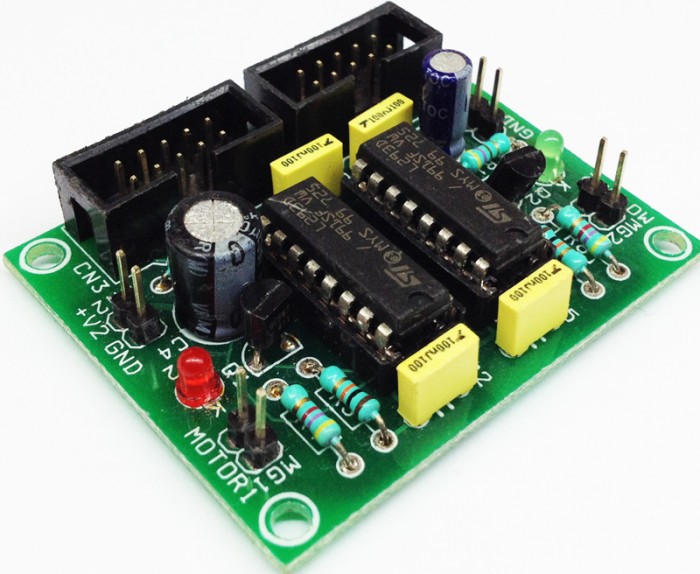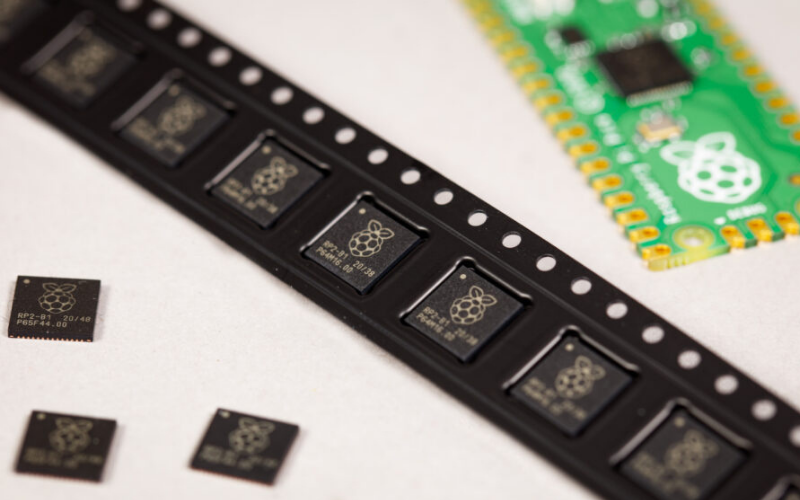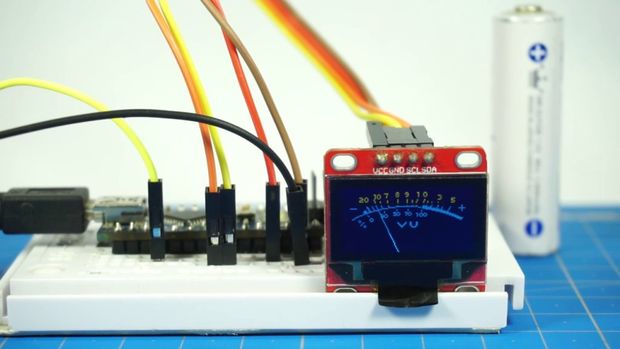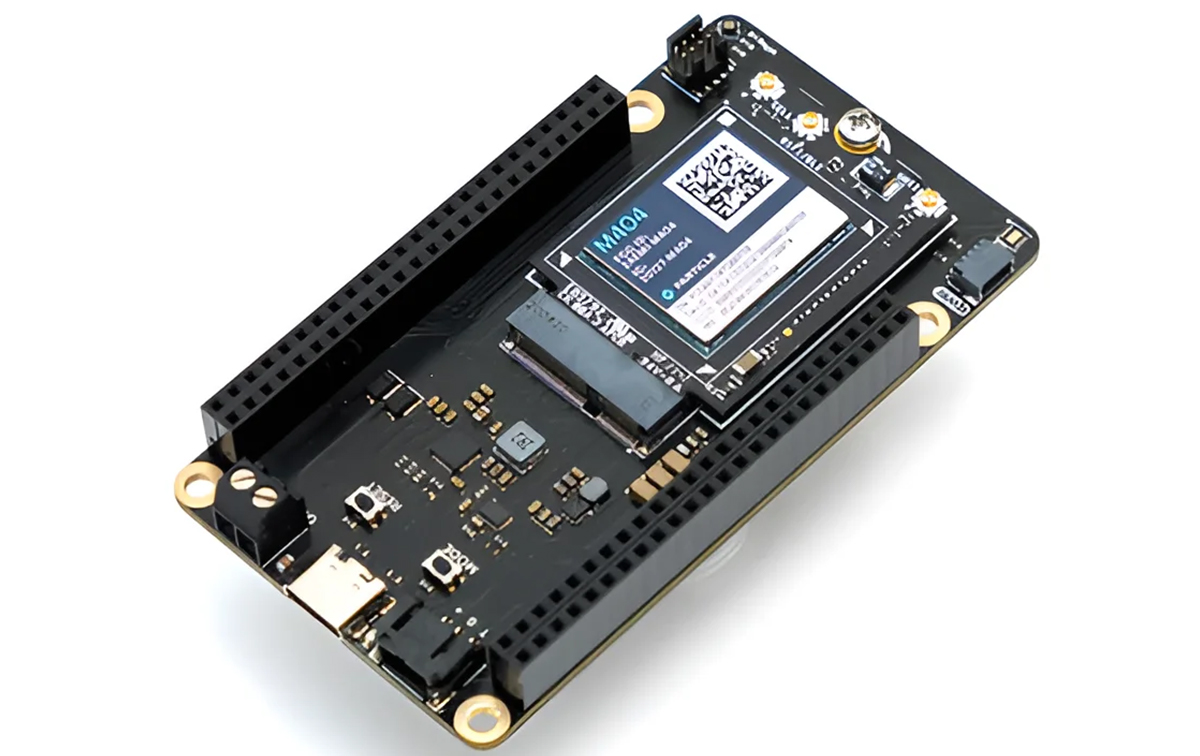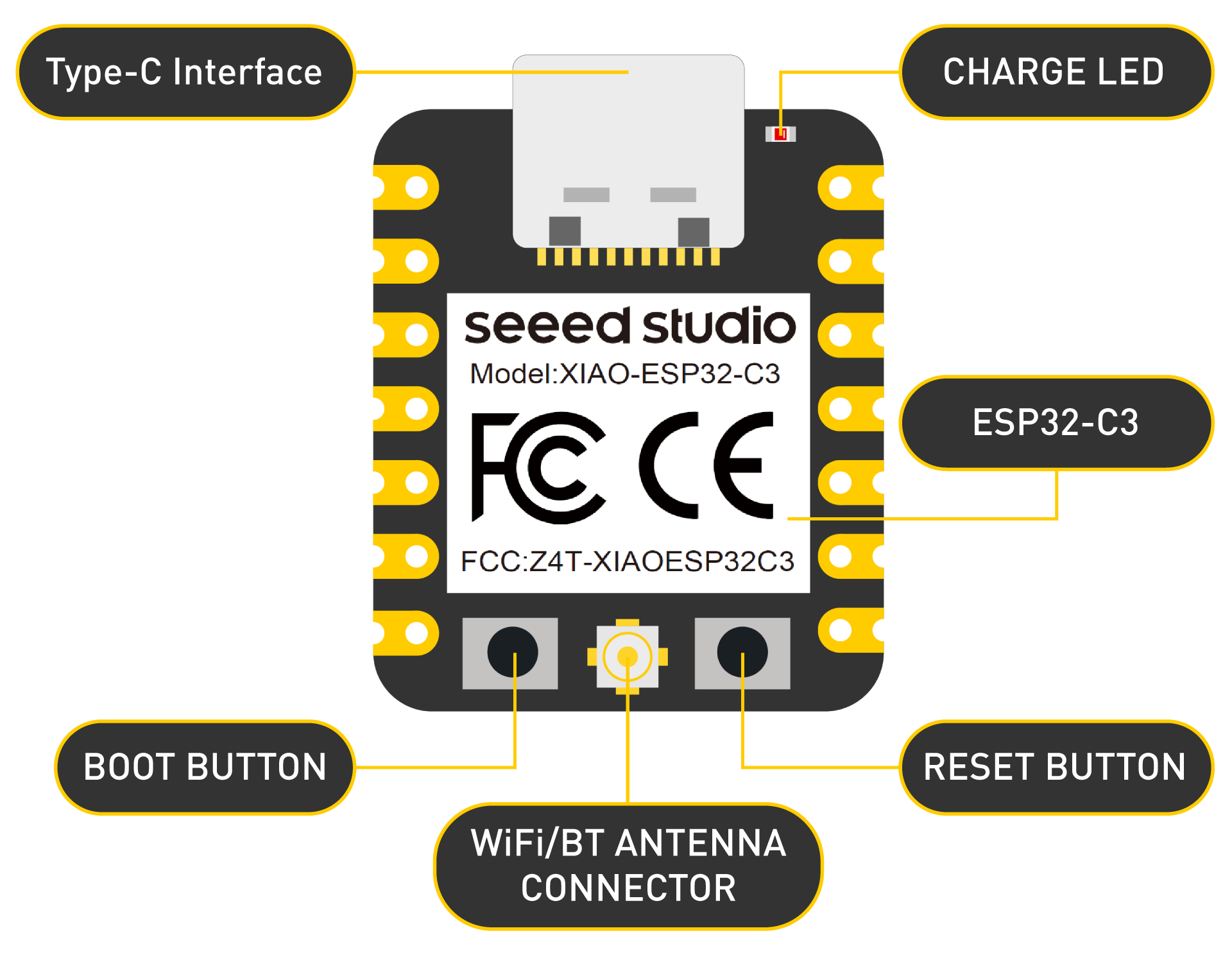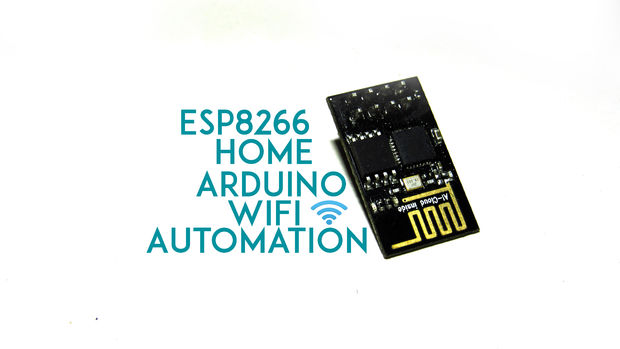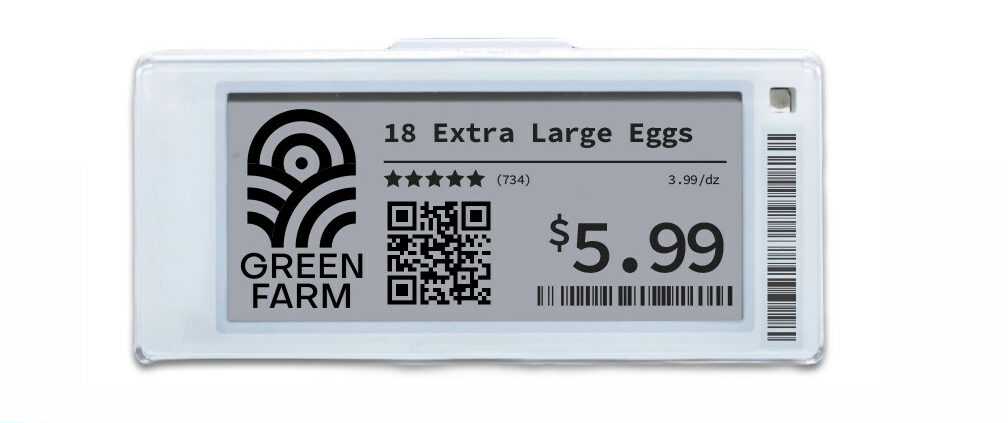
The Bluetooth 5.4 Core Specification, which includes features like PAwR and EAD created for Electronic Shelf Label (ESL) systems, has just been adopted by the Bluetooth Special Interest Group (SIG). A new wireless standard for the ESL market was announced by Bluetooth technology. ESL systems have, up until now, relied on exclusive wireless communication protocols, which could be a barrier to widespread adoption. Leaders in the ESL industry collaborated with the Bluetooth SIG to develop a scalable, ultra-low power, highly secure ESL wireless standard based on Bluetooth technology in order to address this issue.
Following the adoption of the Bluetooth 5.3 Core Specification in August 2021 with a number of improvements, Bluetooth 5.4 is now available with features that seem to be most appealing for large-scale Bluetooth networks that support bi-directional communication with thousands of end nodes from a single access point, as would be the case for ESL or Shelf Sensor systems.
Bluetooth 5.4 has gotten four new features. Firstly, Periodic Advertising with Responses (PAwR) is a new Bluetooth Low Energy (LE) logical transport that allows energy-efficient, two-way communication between up to 32,640 devices in a large-scale one-to-many topology. Groups can also be given devices that only let them listen to the transmissions of their own group. In this part of the specification, there is also a definition of an ESL profile.
Secondly, Encrypted Advertising Data (EAD), a new feature, gives advertising packets a standard way to send data securely over the air. The main benefit is that it makes it possible to encrypt data that is shared through periodic ads and responses. Thirdly, LE GATT Security Levels Characteristic has been included. Which a new GATT characteristic called LE GATT Security Levels lets devices show the security mode and level needed for all their GATT features to work.
Finally, the Advertising Coding Selection feature allows the host to choose between two long-range coding options (S=2 or S=8) that can be used with LE extended advertising. The FEC (Forward Error Correction) S parameter controls how much data is made to fix errors and how far Bluetooth can reach. S=8 increases the range by a factor of around four compared to the range achieved with the LE 1M PHY, but it lowers the protocol data rate to 125 kbps. S=2 increases the range by around 2, but it lowers the protocol data rate to 500 kbps.
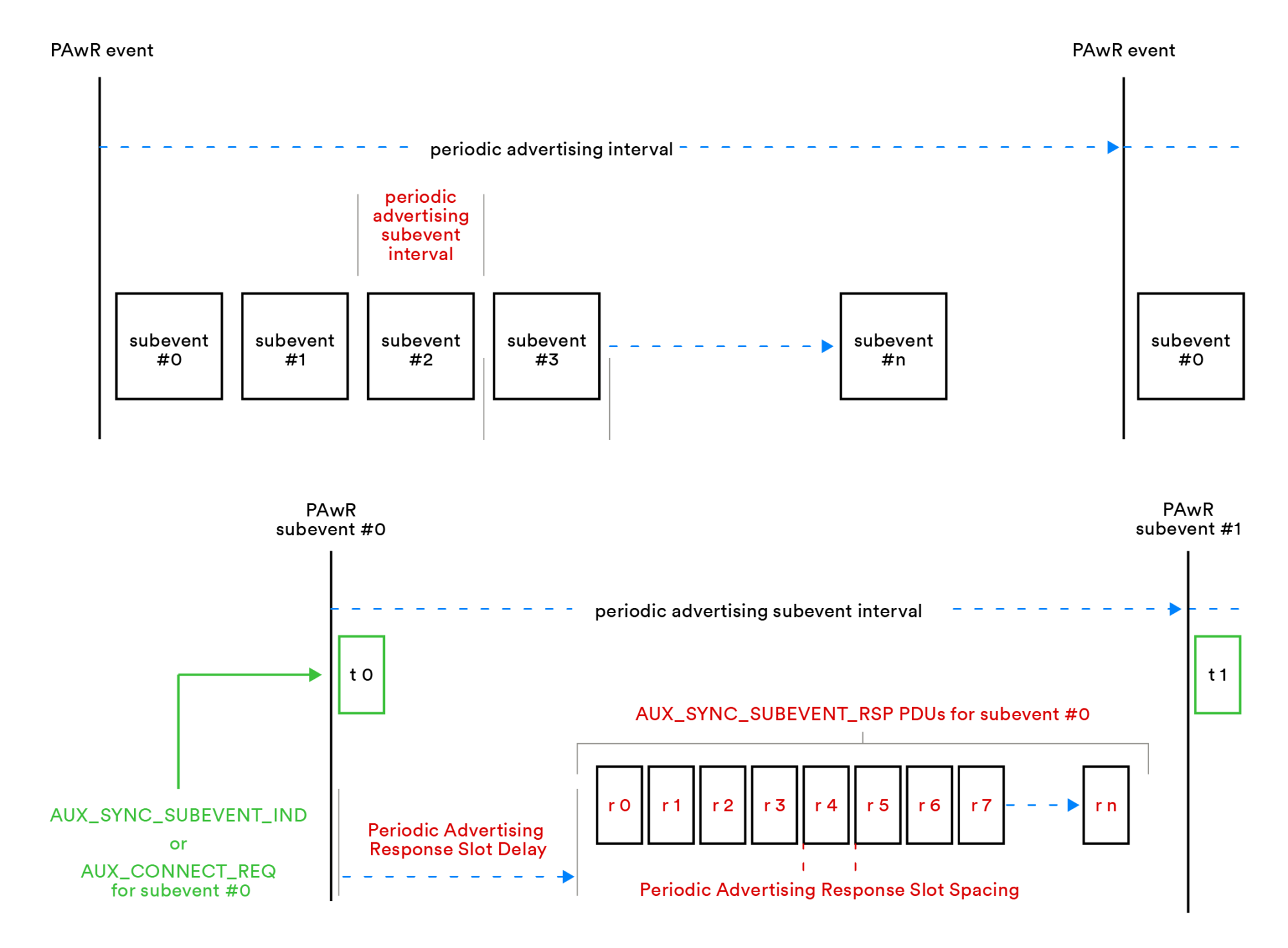
The good news is that Bluetooth 5.4 support does not appear to require new hardware, only new firmware, according to Silicon Labs, who state that their BG22 and BG24 microcontrollers can be used for Bluetooth 5.4 devices, while the BG21 family would be integrated into access points.
On the Bluetooth website, you can access the Bluetooth 5.4 Core Specification. Still, given that it’s over 3000 pages long, you might prefer to read the technical overview for more information on the new features.
Both a blog post and a press release contain additional details.




